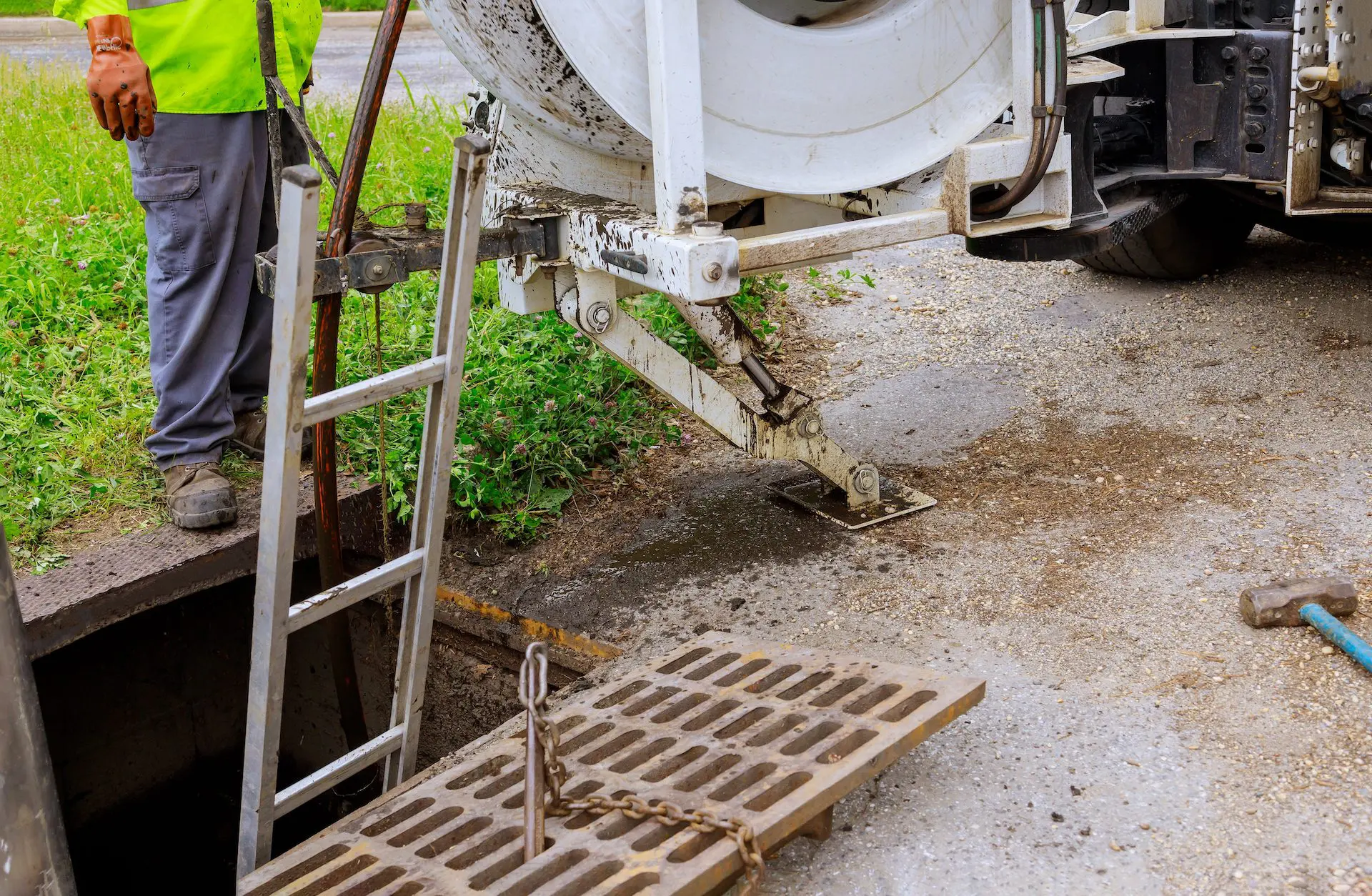A clogged sewer line is every homeowner’s worst nightmare. The telltale signs of dark water, slow-moving drains, and ominous gurgling sounds can quickly escalate into a messy, costly plumbing disaster. However, understanding the root causes of sewer line clogs can help prevent the situation from becoming a full-blown catastrophe.
At Green Group, we specialize in diagnosing and resolving sewer line issues before they cause severe damage. With advanced tools and techniques, we can identify the source of your clog and provide the best solution. In this article, we’ll cover the top causes of sewer line clogging and what you can do to prevent them.
Common Causes of Sewer Line Clogging
Sewer line clogs can occur for various reasons, but a few culprits consistently cause problems. Here are the top causes of sewer line clogs:
1. Baby Wipes, Feminine Products, and Other Non-Flushable Items
The most common cause of sewer line clogs is flushing items that don’t belong in the toilet. If you’ve ever seen signs in public restrooms stating, “Only flush toilet paper and what nature provides,” there’s a good reason for it. Items like baby wipes, diapers, and feminine hygiene products may seem flushable, but they are not designed to break down in the sewer system.
These products can get stuck in your pipes, leading to significant blockages. Here’s a list of items that should never be flushed:
- Baby wipes (even those labeled “flushable”)
- Diapers
- Feminine hygiene products
- Paper towels
- Q-tips and cotton balls
- Quilted or thick toilet paper
- Dental floss
These products are not biodegradable, meaning they won’t dissolve in your sewer system or septic tank. Over time, they accumulate, leading to severe blockages that require professional intervention. For a more comprehensive guide on items to avoid flushing, the EPA provides helpful resources [here](https://www.epa.gov/septic/how-your-septic-system-works).
2. Intruding Tree Roots
Tree roots are another major cause of sewer line clogs, especially for homes with older plumbing systems. Your sewer lines run underground, making them vulnerable to nearby tree roots that naturally seek out moisture. Even if trees are planted far from your sewer lines, their roots can extend over long distances, growing toward the pipes, wrapping around them, and even penetrating through small cracks or joints.
Once tree roots infiltrate the sewer line, they can cause partial or full blockages. In extreme cases, tree roots can damage the pipes, leading to leaks or collapses. Unfortunately, tree root damage is often hard to detect until the problem becomes severe. Regular sewer inspections, especially if you have large trees on your property, can help identify this issue before it leads to extensive damage.
If you suspect tree roots might be causing your sewer line issues, a professional plumber can use specialized equipment, like a sewer camera, to inspect the problem and recommend the best course of action. Learn more about the risks of tree root intrusion and how to manage them in this article by [Bob Vila](https://www.bobvila.com/articles/tree-roots-in-sewer-lines/).
3. Pipe Damage and Structural Issues
Damaged or broken pipes are another common cause of sewer line clogs. Pipes can become damaged for several reasons, including:
- Corrosion: Older pipes, particularly those made from materials like cast iron or clay, can corrode over time. As the pipes deteriorate, they can crack or collapse, leading to blockages.
- Shifting Soil: Construction, heavy traffic, or natural shifts in the soil can put pressure on your underground pipes, causing them to rupture or become misaligned. This can impede the flow of waste and result in repeated clogs.
- Poor Installation: Sewer lines that are incorrectly installed can also cause problems. Pipes that are the wrong size, installed at the wrong angle, or improperly connected can create flow issues, leading to clogs.
If your sewer line is damaged, you might notice recurring clogs, slow drainage, or even sewage backups in your home. Addressing pipe damage quickly is crucial to avoid further damage and costly repairs. Green Group offers thorough inspections to detect any signs of damage and provide efficient repairs, ensuring your system runs smoothly.
How to Prevent Sewer Line Clogs
While it’s not always possible to prevent every issue, you can take several proactive steps to minimize the risk of sewer line clogs:
- Avoid flushing non-biodegradable items: Only flush toilet paper and human waste. Dispose of baby wipes, feminine hygiene products, and other non-flushable items in the trash.
- Be mindful of tree placement: If you’re planting trees near your home, avoid placing them too close to your sewer lines. Consult with a professional landscaper to determine the best planting locations.
- Schedule regular plumbing inspections: Regular inspections can help detect early signs of damage, corrosion, or tree root intrusion before they become significant problems.
- Maintain your sewer system: Consider routine cleaning services to clear out any buildup of debris, grease, or sludge in your pipes.
Trust Green Group for Professional Sewer Line Repair
At Green Group, we understand the frustration and stress that comes with a clogged sewer line. That’s why we’re here to offer fast, reliable solutions for any plumbing problem. Whether you’re dealing with a clog from baby wipes, tree roots, or damaged pipes, our expert plumbers can handle it all.
Contact us today to schedule a sewer line inspection or repair in Nashville, Franklin, Murfreesboro, and surrounding areas. Don’t wait until it’s too late! Let Green Group help you keep your sewer system running smoothly year-round.
Visit our website to learn more about our plumbing services.

